Chiropractic Relief for Auto Accident Headaches & Migraines
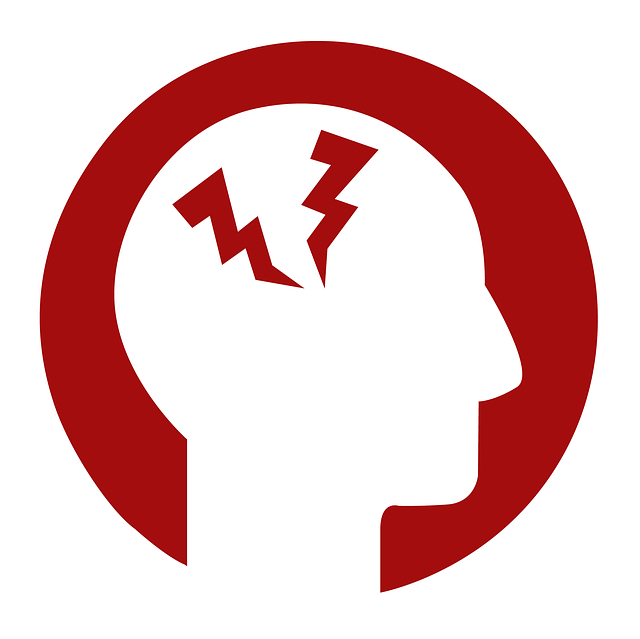
Chiropractors provide effective auto accident headache and migraine treatments by addressing whiplas…….
Post-accident headaches and migraines, often stemming from traumatic brain injuries (TBI) or whiplash, present significant challenges for individuals affected and healthcare systems worldwide. This article delves into the multifaceted world of post-accident headache and migraine treatments, exploring their mechanisms, global impact, economic implications, technological innovations, regulatory landscape, and future prospects. By understanding these aspects, we can appreciate the complexity and importance of developing effective treatment strategies to alleviate suffering and improve quality of life for those impacted by such conditions.
Post-accident headaches and migraines refer to persistent or recurring head pain that arises after a traumatic event, such as a motor vehicle accident, fall, or sports injury. These conditions can manifest as acute symptoms immediately following the incident or develop insidiously over time. Treatment approaches are multifaceted, involving both conservative and aggressive interventions aimed at reducing pain, improving function, and preventing recurrence.
Core Components of Treatment:
Pain Management: The primary focus is on alleviating pain through a combination of medications (such as nonsteroidal anti-inflammatory drugs, triptans for migraines, or opioids for severe cases), physical therapy, and complementary therapies like acupuncture and biofeedback.
Neuroprotection: Strategies to protect the nervous system include physical rehabilitation, cognitive behavioral therapy (CBT) to manage pain perception and stress, and prevention of further head injuries through safety measures.
Restoration of Function: This involves gradual return to daily activities, work, and sports, with careful monitoring to avoid exacerbating symptoms. Occupational therapy can play a crucial role in helping individuals readjust to their routines.
Historical Context:
The management of post-accident headaches and migraines has evolved significantly over the years, driven by advancements in neuroscience, medicine, and rehabilitation. Early approaches often focused on symptomatic relief with limited understanding of the underlying mechanisms. With increasing research, there has been a shift towards more personalized treatment plans that consider individual factors such as injury severity, psychological impact, and patient preferences.
The burden of post-accident headaches and migraines is substantial globally, with varying prevalence rates across different regions. According to the World Health Organization (WHO), approximately 47 million people worldwide live with chronic headache disorders, including migraines. The economic impact is staggering, with direct medical costs and lost productivity estimated at hundreds of billions of dollars annually.
Regional Disparities:
The economic implications of post-accident headache and migraine treatments are multifaceted, impacting healthcare systems, insurance providers, and patients’ financial burdens.
Market Analysis:
Investment Patterns:
Patient Financial Burden: Out-of-pocket expenses for treatments can be substantial, particularly for specialized therapies and ongoing management. Access to insurance coverage varies globally, affecting patients’ ability to afford necessary care.
Technological innovations have significantly contributed to improving the diagnosis and treatment of post-accident headaches and migraines.
Neuromodulation Technologies:
Digital Health Solutions:
Regulatory bodies worldwide play a crucial role in ensuring the safety and efficacy of treatments for post-accident headaches and migraines.
Key Players:
Approval Process:
The process involves preclinical studies, followed by three phases of clinical trials: Phase I for safety in a small group of healthy volunteers, Phase II for efficacy and side effects in a larger patient population, and Phase III for large-scale confirmation of effectiveness and comparison with existing treatments. Post-marketing surveillance is crucial to identify rare adverse events and ensure ongoing safety.
The field of post-accident headache and migraine treatment is continuously evolving, driven by ongoing research and technological advancements.
Emerging Trends:
Research Priorities:
Q: How long does it take for post-accident headaches or migraines to resolve?
A: Recovery time varies greatly, from a few weeks to several months or even longer. It depends on the severity of the injury, individual factors, and access to appropriate treatment. Early intervention and specialized care can significantly improve outcomes.
Q: Are there any home remedies for post-accident headaches?
A: While some people find relief with over-the-counter pain medications and simple measures like rest and hydration, severe or persistent headaches require medical evaluation. Home remedies should be used cautiously to avoid exacerbating symptoms or underlying conditions.
Q: Can migraines be cured?
A: There is currently no cure for migraines, but effective management strategies can significantly reduce their impact. This includes a combination of medications, lifestyle changes, and preventive treatments tailored to individual needs.
Q: How do I know if my post-accident headache is a migraine?
A: Migraines are characterized by recurrent moderate to severe headaches that are often unilateral (affecting one side of the head), pulsating in nature, and associated with nausea, vomiting, and sensitivity to light or sound. However, diagnosis should be made by a healthcare professional based on specific criteria and symptoms.
Q: What role does psychology play in treating post-accident headaches and migraines?
A: Psychological factors significantly influence pain perception and management. Cognitive behavioral therapy (CBT) is an effective tool for helping individuals cope with chronic pain, reduce stress, and modify pain-related behaviors.

Chiropractors provide effective auto accident headache and migraine treatments by addressing whiplas…….
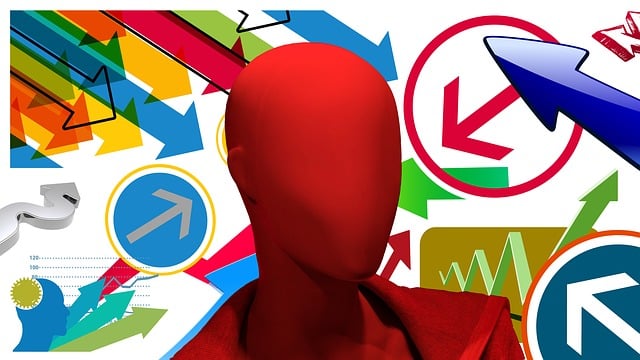
Chiropractors provide non-invasive auto accident headache and migraine treatments for whiplash injur…….
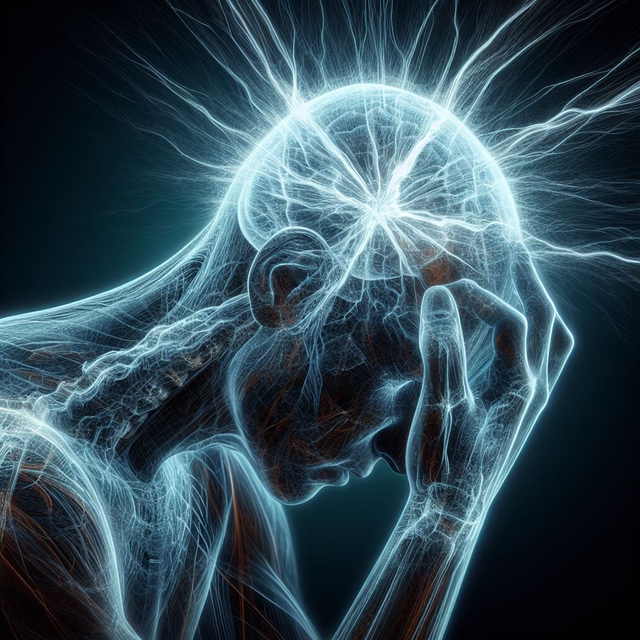
Chiropractors provide effective auto accident headache and migraine treatments by focusing on spinal…….
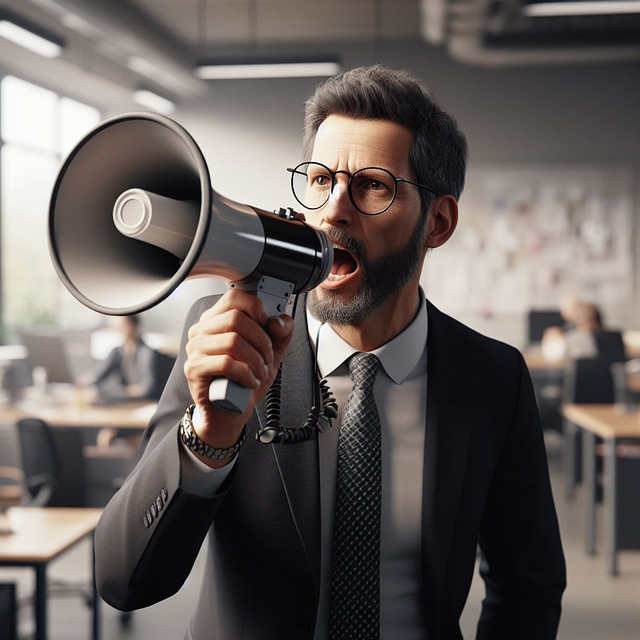
Chiropractors provide non-invasive auto accident headache and migraine treatments focusing on spine…….

Many people experience headaches and migraines after car crashes, with chiropractors offering specia…….

Chiropractors offer effective non-invasive treatment for auto accident headache and migraine treatme…….
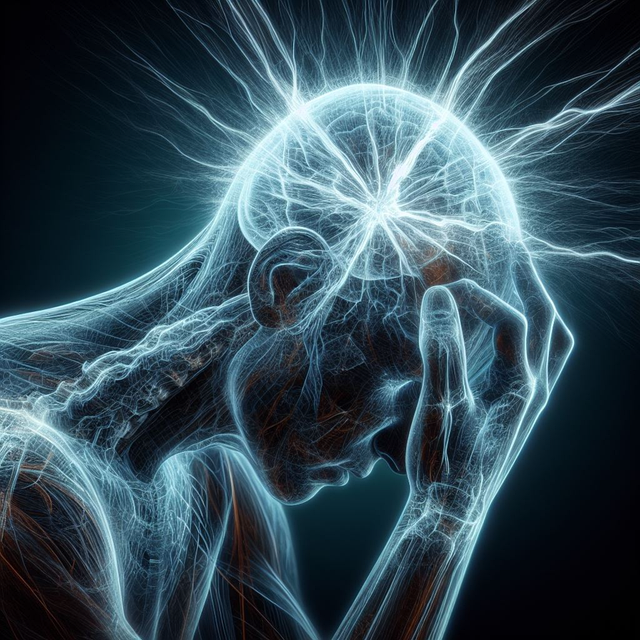
Auto accident headaches and migraines often stem from whiplash or spinal misalignments. Chiropractor…….
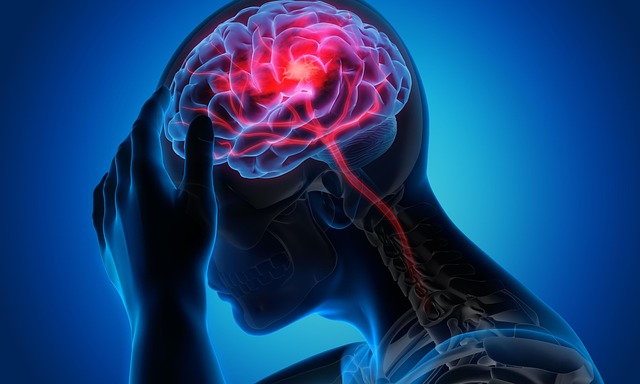
Chiropractors offer effective, non-invasive auto accident headache and migraine treatments by aligni…….

Chiropractors provide effective auto accident headache and migraine treatments by addressing structu…….
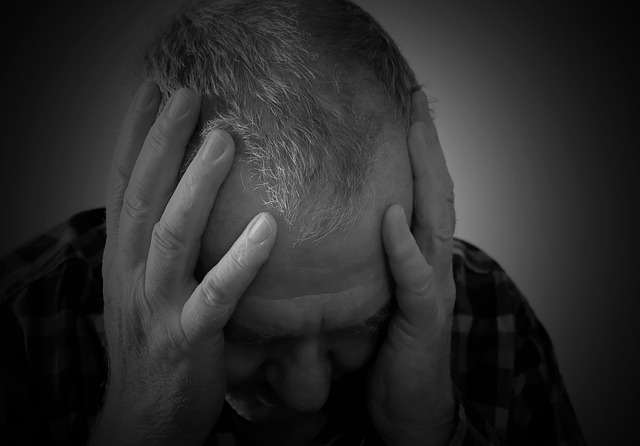
Auto accidents can cause chronic headaches like post-traumatic migraines, which chiropractors specia…….